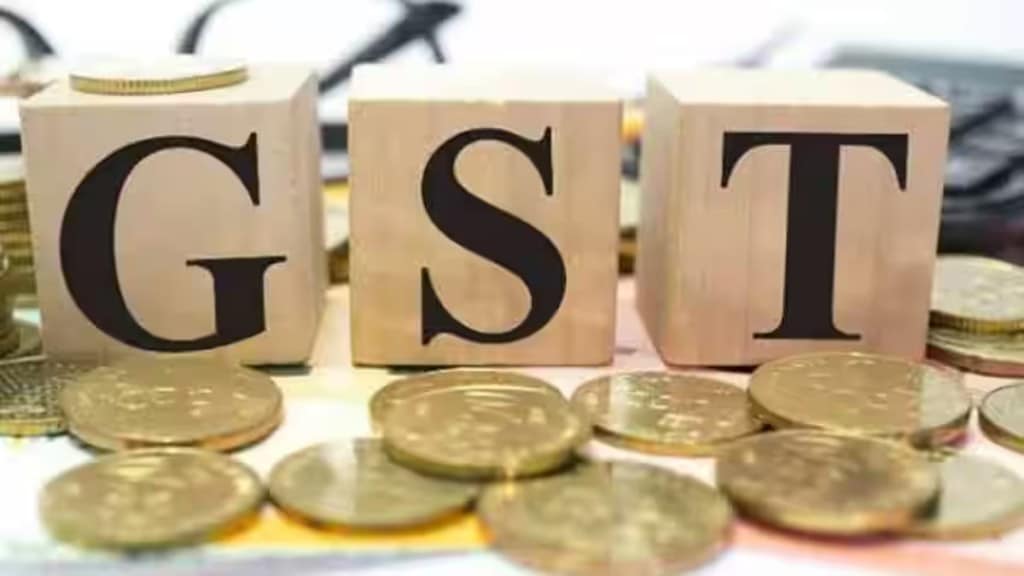The group of ministers (GoM) on the goods and service tax (GST) rate rationalisation has proposed a ‘special rate’ of 35% on several sin items such as tobacco, tobacco products and aerated beverages, sharply increasing the tax incidence on these products. This comes at a time when the Centre and states are looking for ways to boost GST collections.
Currently, assorted tobacco items, pan masala and aerated water are among those attracting the highest GST rate of 28%. Along with the ‘compensation cess’, the tax incidence comes to 40-80%, according to industry estimates. The higher tax rate would further increase the tax incidence on these items on which cess is levied ad valorem.
The GoM has also recommended cutting the GST for readymade garments priced up to Rs 1,500 to 5% from 12%; but for garments priced between Rs 1,500 and Rs 10,000, it has proposed to hike the GST to 18% from 12%. For garments above Rs 10,000, the GoM has proposed to levy the highest GST slab, at 28%. At present, readymade garments below Rs 1,000 are taxed at 5%, while those above Rs 1,000 are taxed at 12%.
In ITS meeting on Monday, the rate rationalisation panel finalised its report with a recommendation for changes in the current GST rates for 148 items, according to sources. The report will be presented to the GST Council on December 21, where the 33-member Centre-state body will take a final call on the suggestions.
With several states complaining about moderation in GST collections, the proposed rate revamp could generate additional revenues. The GoM panel, which previously met on October 2, had analysed that the rate revamp would fetch an additional revenue of Rs 22,000 crore per year. This would be equally shared between the Centre and states.
The panel has decided to recommend lowering GST rates to 5% for 20-litre packaged drinking water bottles (from 18%), bicycles (18%) and exercise notebooks (12%). It also favoured taxing wristwatches above Rs 25,000 and shoes above Rs 15,000 at 28% from 18% currently.
The six-member GoM is chaired by Bihar deputy chief minister Samrat Choudhary. Other members of the panel include Uttar Pradesh finance minister Suresh Kumar Khanna, Rajasthan health services minister Gajendra Singh, Karnataka revenue minister Krishna Byre Gowda, and Kerala finance minister KN Balagopal.
Currently, there are four major GST slabs – 5%, 12%, 18% and 28%. A clutch of 46 demerit and luxury goods in the 28% bracket also attract cesses, the proceeds of which go to a separate fund meant to compensate states for the revenue shortfall for the first five years up to June 2022. The cess has been extended till March 2026 to repay loans taken to compensate states.
The creation of a new special rate would lead to a further increase in the number of slabs against the stated goal of reducing their number.
As per an RBI study, the weighted average tax rate under the GST had come down to 11.6%, from 14.4% at the time of its launch as against the revenue-neutral rate (RNR) of 15.5%. Sources said the weighted average rate has even come down further to below 11%, much to the disappointment of states. However, there are tax experts who say it is futile and irrational to pursue the RNR, as revenue could be boosted by broadening the tax base instead.

